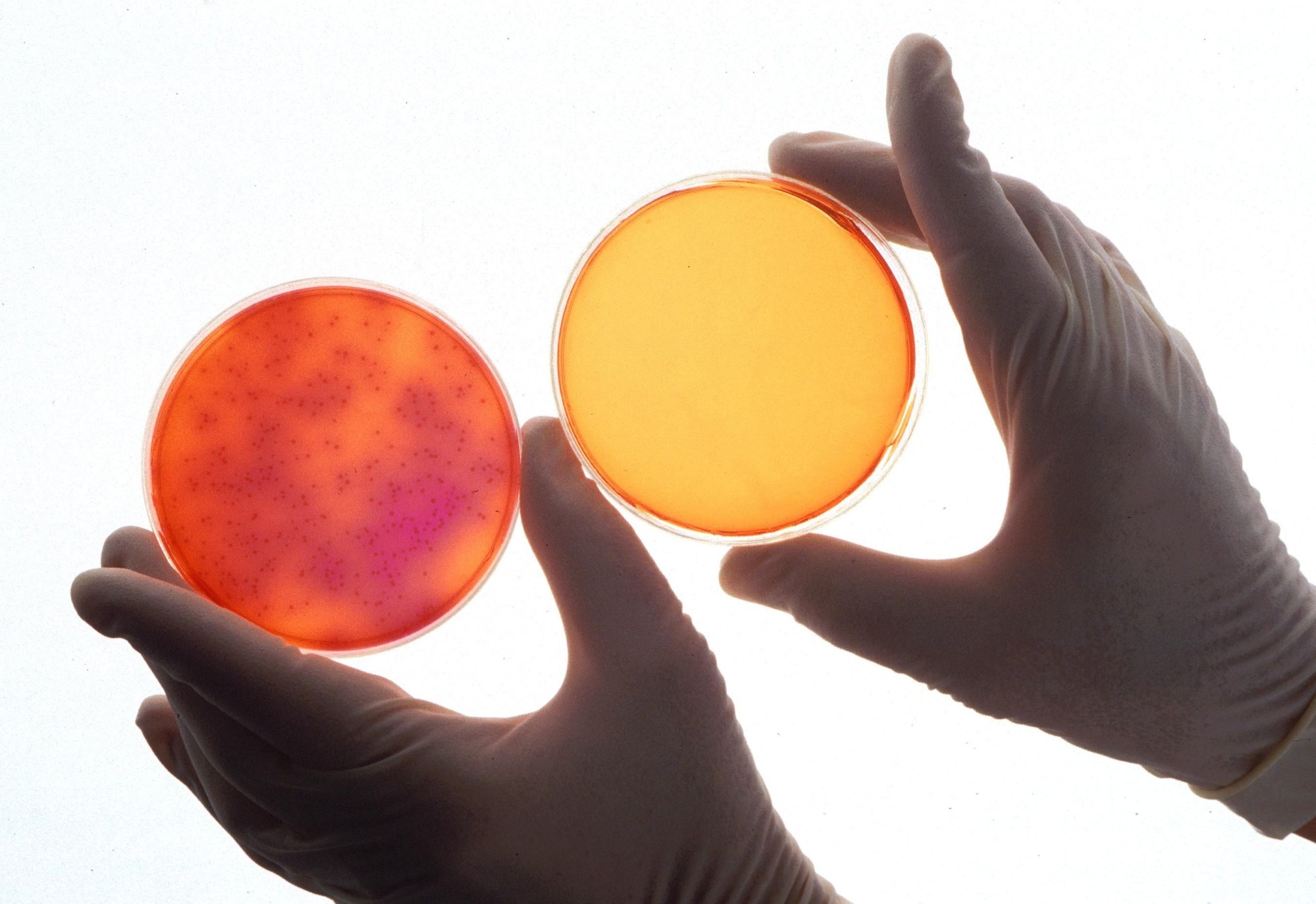Climate change is impacting every part of our lives, including how we dress. Rising temperatures and decreasing rainfall mean the basic fibres that make up your wardrobe may eventually cease to exist. Or, at least be so expensive they may as well have disappeared. And as the world’s changing weather conditions put pressure on fashion industries to innovate, we’re witnessing the sparks of a revolution in the materials we wear. This all stems from the fact that most of the materials the fashion industry relies on are surprisingly demanding. Cotton in particular is famously thirsty: 2,700 litres of water goes into the cotton needed to make one shirt— making a simple tee anything but basic.
As water scarcity and extreme weather events increase, many fashion corporations are feeling the strain on their cotton supply. One of the most immediate examples of this can be found in VF Corp, you may not of heard of them but their subsidiaries include Vans, Wrangler and Lee. They alone use around one percent of the world’s cotton. But after bad weather in 2015 hurt their Asian cotton supply, the conglomerate decided it was time to diversify. Speaking to NPR Letitia Webster, their Senior Director of Sustainability, explained, “We want to make sure that we are insulated from some of that (risk).” As a result they’ve trained farmers in growing less thirsty cotton plants, and are developing cotton-alternatives in house.
Creating more sustainable cotton is essential for brands, because research shows customers are pretty keen on cotton-rich materials. A 2013 study found that not only did 80 percent of customers prefer such materials, but 53 percent are “bothered” by the decline of cotton in apparel created by brands. We’ve always been told that natural fabrics are superior, but if VF Corp’s experience is anything to go by we might need to start getting cosy with less traditional options.
We’re already seeing the impact of these environmental shifts on the luxury fashion industry thanks to their reliance on high-quality raw materials.
After all, cotton isn’t the only material on the line. Climate change is affecting all materials obtained organically, because at the heart of their manufacturing is agriculture. We’re already seeing the impact of these environmental shifts on the luxury fashion industry thanks to their reliance on high-quality raw materials (think cashmere or baby-bottom soft leather). A 2015 report from French luxury goods holding company Kering and British consultancy Verisk Maplecroft identified six materials as being in particular danger: beef and calf leather, sheep and lamb leather, silk, vicuña, cashmere and (extra fine) cotton. The threat towards them is compounded because many of these these raw materials are grown in small geographical areas, whilst others rely heavily on unique natural systems.
Once again the report suggested producers invest in creating resilience in these markets to survive. Even with substantial investment the report suggests brands face risks to “availability, quality, and cost of raw materials”. This isn’t just a price-add to already expensive products, it could undermine parts of the industry altogether. As the report concludes, “the fundamental value proposition of luxury fashion brands is at risk in the face of climate change.”
But while the aforementioned manufacturers struggle to ready their historic systems for a changing world, others are looking elsewhere. Rather than manipulate a product that may be better suited to another century, both big businesses and small producers are trying to tackle the problem by creating new climate friendly fabrics.
On the Cronenberg side of things artists, entrepreneurs and chemists are all getting involved in the strange new future of fashion. Erin Smith is an artist in residence at Microsoft Research who brewed her own wedding dress from tree mulch and fungus. After she was done with it the dress was easily composted. “The wedding dress is a perfect example of a one-time-use, energy intensive and entirely non-sustainable model that is representative of so many of the choices that we make daily,” Smith told the Guardian.She isn’t alone in considering bio-materials a viable future alternative. Clothes made from milk, coffee and fermented tea have all been created in recent years.
On the Cronenberg side of things artists, entrepreneurs and chemists are all getting involved in the strange new future of fashion.
Another alternative is spider-silk inspired fibres, a method currently being researched and developed by a US start-up, Bolt Threads. The company partnered with Patagonia earlier this year and scored a hefty $50 million in financing to create a commercial alternative to traditional silk. Fellow start-up Kusaga Athletic are also looking to alternative natural, sustainable fabrics. Their creation, “The Greenest T-shirt on the Planet” is made from their 100 percent plant-based sustainable fabric ECOLITE™.
Looking to the commercial world, Nike are already collaborating with MIT’s Climate Co-Lab in the attempt to create their own ‘”materials revolution.” One part of that attempt has been creating a crowdsourcing platform that allows citizens and experts to work together to create new energy-friendly materials. They’re also contributing to the conversation through their app, Making, that helps designers research the water consumption, energy usage and waste value of various materials, as well as the greenhouse gases created.
Presently the opportunities for consumers to buy sustainably made clothes are growing. But as companies seek to diversify, materials become more scarce and competition breeding innovation, eco-materials will likely eventually look very different to the usual sustainable cotton or silk offerings. In the not-so distant future your coat will be made of coffee whilst your super-soft tee will claim cotton free origins.
Meanwhile big brands will have to sink or swim, choosing whether to pursue Nike and others into the brave new world of hi-tech materials, or to cling to their dwindling supplies of rare, increasingly expensive materials. We’re guessing that in the future you’ll be tempted to pass up exorbitantly priced leather or cotton items to rock a cool silk slip made by spiders.
Credits
Text Naomi Russo
Image via
